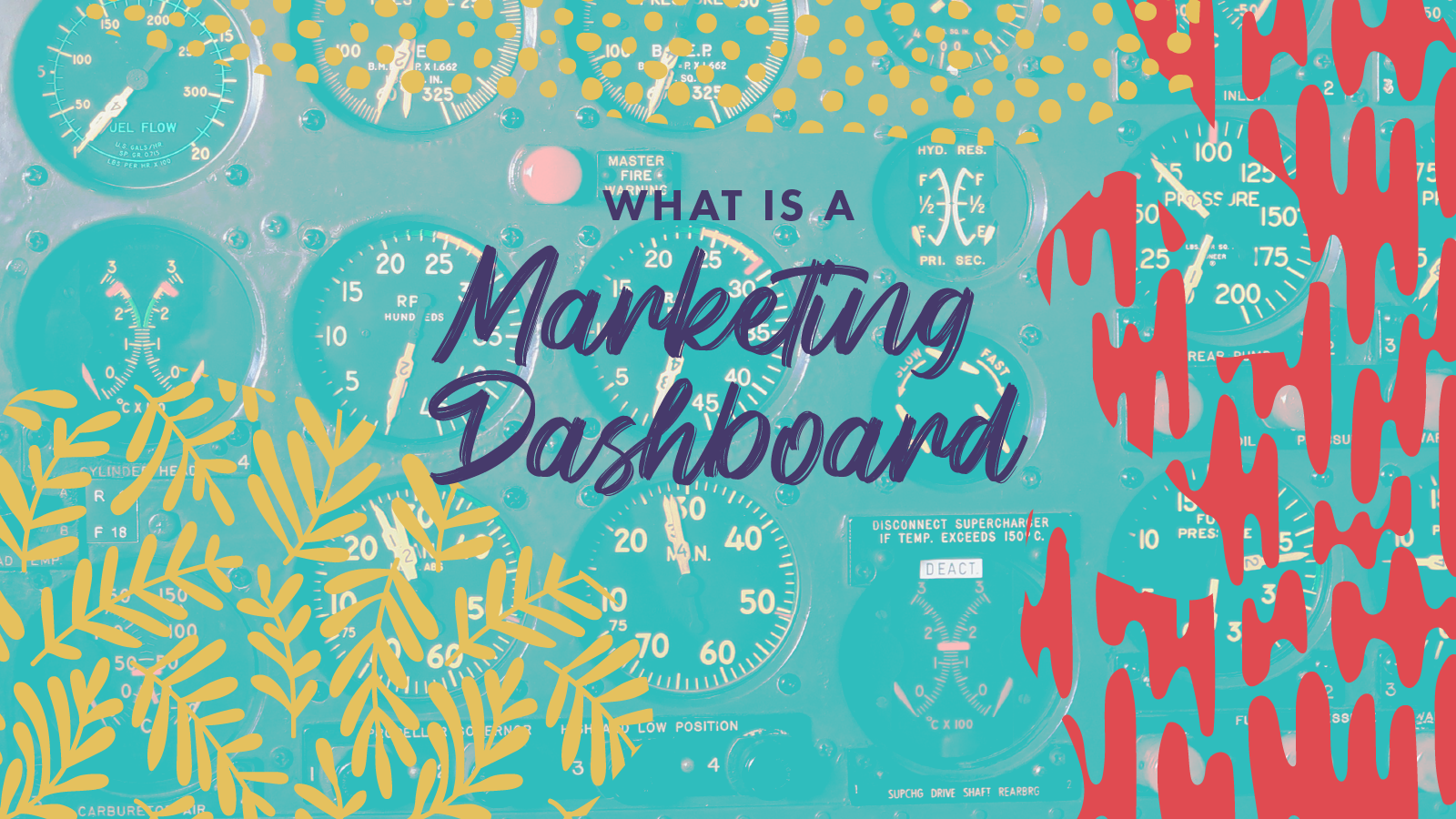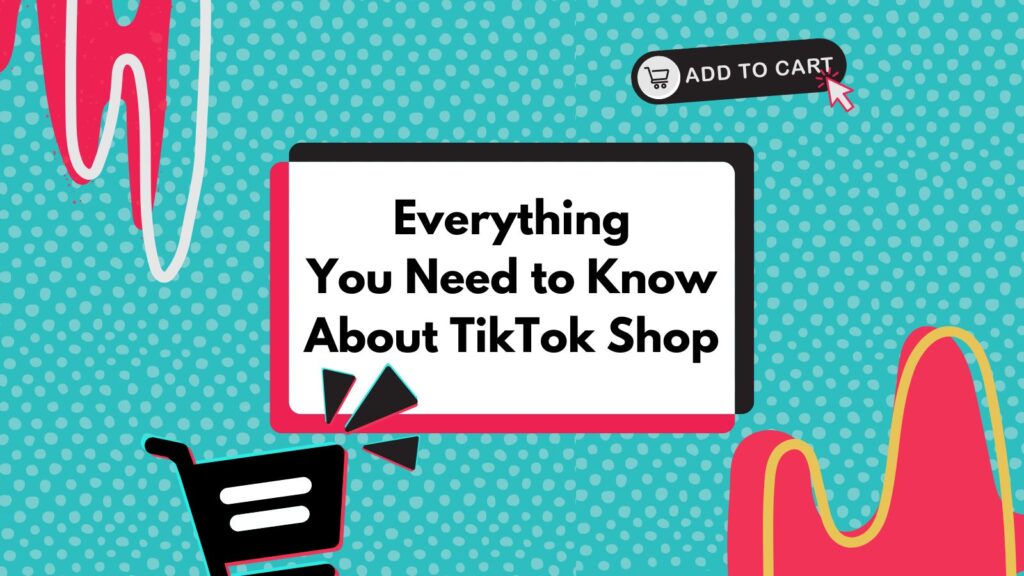The end of the first quarter can mean only one thing…reporting time! Part of our proven process is reporting quarterly to our clients on the data and trends we’ve noticed in the previous quarter. We compare the quarter previous or the quarter from the year before to be able to measure against goals we’ve set with our clients.
If you’re not getting reports from your agency, how are you able to measure results or know what activities are meeting your sales or marketing goals?
Not everything needs to be reported on, we used to send our clients 20+ page reports, which they never read. It was a waste of their time and ours, not to mention they didn’t understand the data we were reporting on.
The purpose of a marketing dashboard, is to provide an at-a-glance display of relevant information required to track performance metrics associated with campaign tactics and goals.
Here are our recommendations on setting up a reporting dashboard.
Make it Easy
The more time it takes to scan through, the less apt anyone is actually going to dig into the data. Any relevant information should be found within 5 seconds. Display your insights from top to bottom in the order of significance. Don’t have more than 3 to 4 visuals, combined with an explanation.
The site ninjacat points out that just because you can measure something, doesn’t mean it has to be a reportable metric on your dashboard. An effective marketing dashboard should only provide campaign-relevant and easily explainable information.
The Data
You gotta know what to report on and it HAS to be tied back to client goals. We’d think this is obvious…
Here are some examples of data to report on:
Digital Marketing/Social Metrics
- Facebook CTA Clicks
- Facebook Impressions
- Facebook Talking About
- Foursquare Daily Check-Ins
- Google Customer Actions
- Google Map Views
- Google Search Queries
Search Engine Marketing Metrics
- Impressions
- Clicks
- Keyword Ranking
- Domain authority
- Organic Traffic
- Page Speed
- Conversions
High-Level Marketing/Sales Metrics
A lot of this is dependent on the use of a marketing automation tool, like HubSpot (ask us about it).
- Marketing Qualified Leads
- Sales qualified Leads
- Funnel Conversion Rates
- Customer/Channel Engagement
- Revenue by Source/Channel
- Marketing spend per customer
Telling the Story
All data tells a story, as marketers it is our job to interpret for our clients. Effective data storytelling is about communicating insights that go beyond the data. A story is a hell of a lot more compelling than a bunch of charts and graphs. You need to take the data and integrate, illustrate, and inspire, and when done it will influence next steps.









